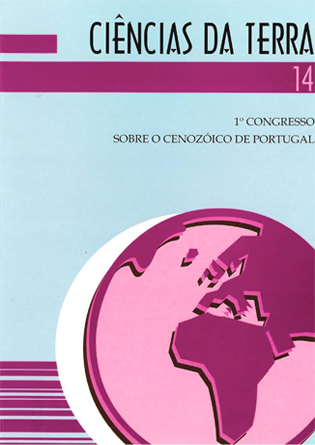Ocorrência de ouro nos depósitos pliocénicos da regiião de Cruz de Pau (Seixal)
Abstract
Key words: gold; roman mining works, Pliocene; Lower Tagus basin; wind-ablation; toroids. Recently had been discovery, in the area of the oonstruction ofthe Carla Sacramento Athletics Stadium at Cruz de Pau (Seixal), a set of stopes and wells with characteristics of ancient Roman mining activit ies. The old mining works are incised in pliocene sandy formations with oonglomeralic facies, where four preliminary samples were ool1ected in a coarser level with subrounded pebbles. The heavy minerals of those samples were studied in accordance with the Heavy Mineral Concentrate Laboratory of the IGM. The previously mentioned facies has interesting gold percentages and the presence of grey (nodular) and classic monazite, xenolime, cassiterite, spinels s.I., ilmenite and rutile. The morphology of the gold grains as well as the heavy minerals shows two phases of transport; an initial fluvial phase and a secondary aeolian phase influenced their concentration. The high percentage of toroid grains showing evidence of wind ablation, suggests that this was the main factor for reconcentration of the gold. The amount of gold particles obtained in the concentratcs is considerable and in one sample, a grade 00.2 ppm was calculated. The samples also have been analysed for Au + 34 elements by INAA and ICP-MS, the results of which show similar grades as previously obtained.Downloads
Published
2009-05-21
Issue
Section
Articles






